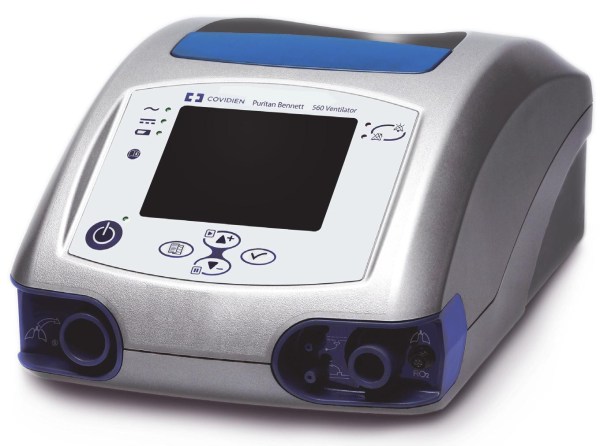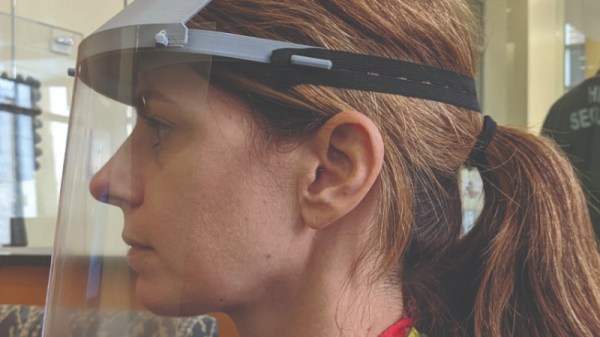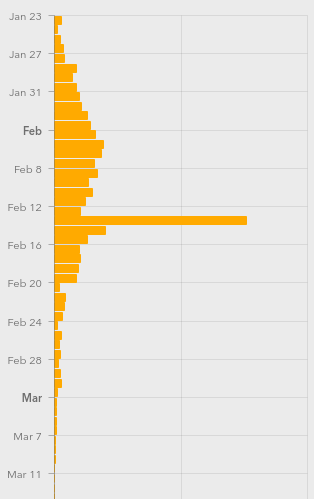They say you can’t actually die from boredom, but put a billion or so people into self-isolation, and someone is bound to say, “Hold my beer and watch this.” [Daniel Reardon]’s brush with failure, in the form of getting magnets stuck up his nose while trying to invent a facial touch reminder, probably wasn’t directly life-threatening, but it does underscore the need to be especially careful these days.
The story begins with good intentions and a small stack of neodymium magnets. [Daniel]’s idea for a sensor to warn one of impending face touches was solid: a necklace with magnetic sensors and wristbands studded with magnets. Sounds reasonable enough; one can easily see a compact system that sounds an alarm when a hand subconsciously crosses into the Danger Zone while going in for a scratch. Lacking any experience in circuits, though, [Daniel] was unable to get the thing working, so he started playing with the magnets instead. One thing led to another, and magnets were soon adorning his earlobes, and then his nostrils. Unfortunately, two magnets became locked on either side of his septum, as did two others meant to neutralize the pull of the first pair. So off [Daniel] went to the emergency department for a magnetectomy.
Of course it’s easy to laugh at someone’s misfortune, especially when self-inflicted. And the now-degaussed [Daniel] seems to be a good sport about the whole thing. But the important thing here is that we all do dumb things, and hackers need to be especially careful these days. We often work with sharp, pointy, sparky, toxic, or flammable things, and if we don’t keep our wits about us, we could easily end up in an ER somewhere. Not only does that risk unnecessary exposure to COVID-19, but it also takes medical resources away from people who need it more than you do.
By all means, we should be hacking away these idle hours. Even if it’s not in support of COVID-19 solutions, continuing to do what we do is key to our mental health and well-being. But we also need to be careful, to not stretch dangerously beyond our abilities, and to remember that the safety net that’s normally there to catch us is full of holes now.
Thanks to [gir.st] for the tip — you actually were the only one to send this in.







 Let me explain. Diseases spread exponentially: the more people who have it, the more people are spreading it. And exponential curves all look the same when you plot out their instantaneous values — the raw number of COVID-19 cases. Instead, what distinguishes one exponential from another is the growth parameter, and this is related to the number of new cases per day, or more correctly, to the day-to-day change in new cases.
Let me explain. Diseases spread exponentially: the more people who have it, the more people are spreading it. And exponential curves all look the same when you plot out their instantaneous values — the raw number of COVID-19 cases. Instead, what distinguishes one exponential from another is the growth parameter, and this is related to the number of new cases per day, or more correctly, to the day-to-day change in new cases. Still, this won’t be a perfect measure. For starters, COVID-19 seems to incubate for roughly a week without symptoms. This means that whatever numbers we have, they’re probably a week behind the actual situation. We won’t see the effects of social distancing for at least a week, and maybe more.
Still, this won’t be a perfect measure. For starters, COVID-19 seems to incubate for roughly a week without symptoms. This means that whatever numbers we have, they’re probably a week behind the actual situation. We won’t see the effects of social distancing for at least a week, and maybe more.









